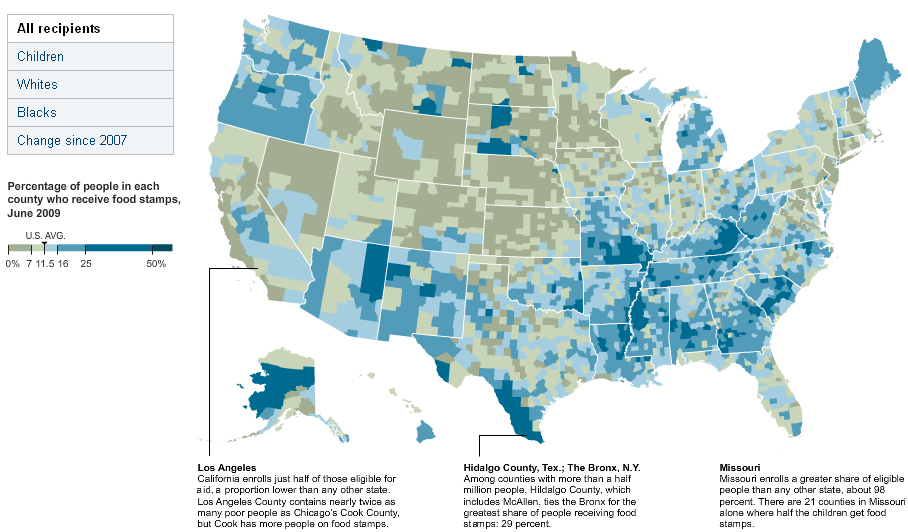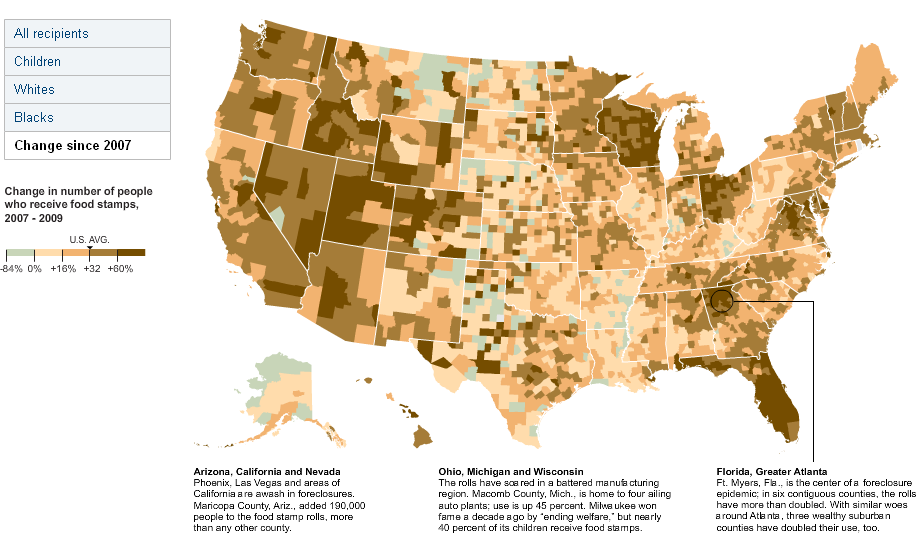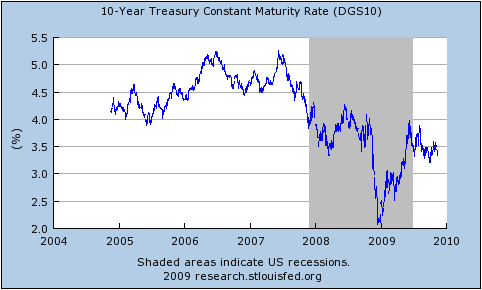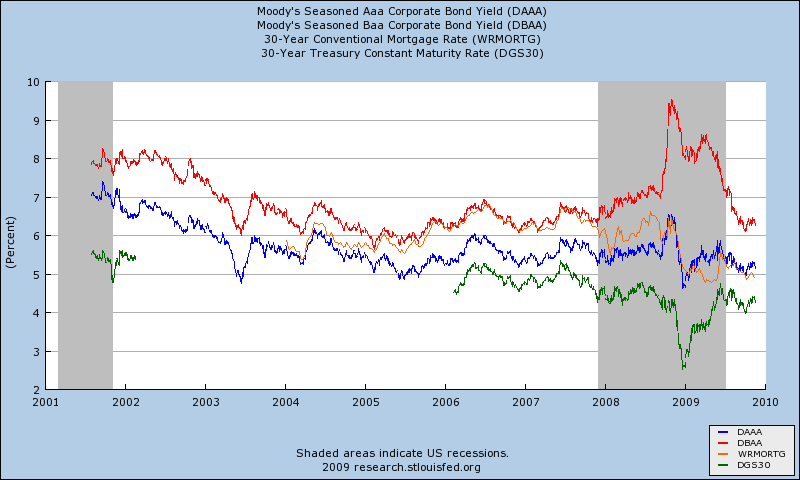Here are two examples:
- At every sandwich shop in Britain (Pret A Manger, Eat, etc), when you attempt to pay for your sandwich you will be asked if you will be eating in or taking the food out of the shop. The reason is that, thanks to the complexities of the UK tax system, the shop is meant to pay VAT if you dine in, but they don’t have to if you take it out.
The shop doesn’t care in the slightest whether you actually eat in or out. So long as they’ve asked you about your intentions, they’re legally covered. The upshot is that for anybody actually intending to eat their sandwich in the shop, the rational thing to do is to say that you’re taking it out and then eat in the shop anyway. If anybody asks why you chose to do so, simply explain that you changed your mind. Since the sandwich shop doesn’t care, the probability of being caught is zero; and since you can always say that you changed your mind even if you were, the cost of being caught is precisely none. Hence, the rational von Neumann-Morgenstern expected utility maximiser should never pay more than the take-out price. But people do …
- When you book cinema tickets online, you have the option of selecting a student discount. Cinemas love online bookings because you then collect your ticket from a machine instead of a person. That means that they’re free to either hire one less person, or put the person saved onto the candy counter. It also means that they can have ticket collection take up less space and expand the candy counter (where all the fat profit margins are located).You do not need to show a student card when collecting your ticket from the machine at the cinema.
You do not need to show a student card when entering the cinema with your ticket. You can, in fact, claim a student discount without any risk of being asked to prove that you are actually a student. But people don’t …
Both of these examples are of price discrimination by a monopolist. In the second example, the Cinema is the discriminator, charging less to students because students, in general, have a lower willingness to spend than non-students. In the first example, the UK government is the discriminator. The people with the lower willingness to pay are those that are prepared to take their food out rather than dine in.
In standard economic theory, both examples should succeed only if a) people are risk averse — which, in general, they are — and b) there is a non-zero chance that a “cheater” will get caught and suffer some loss as a result. Even then, the probability-weighted loss from being caught would need to exceed the probability-weighted gain from successfully “cheating”.
But since the probability of being caught in these examples is zero and, with the sandwich shop, at least, the loss from being caught is also zero, the theory breaks down here.
I suspect that even Loss Aversion, a consequence of Prospect Theory, would fail to explain people’s behaviour here because we are talking about zero-probability events.
I don’t think we can avoid including social norms and ethics to explain them. People have a socially-conditioned aversion to lying (saying that you will take the food out when you really intend to eat in; saying that you’re a student when you’re not) and this is what offsets the gain from the deception. It also pretty clearly depends on the size of the gain relative to some internal scale. A non-student with a low income is more likely to pretend to be a student than someone with a high income.







